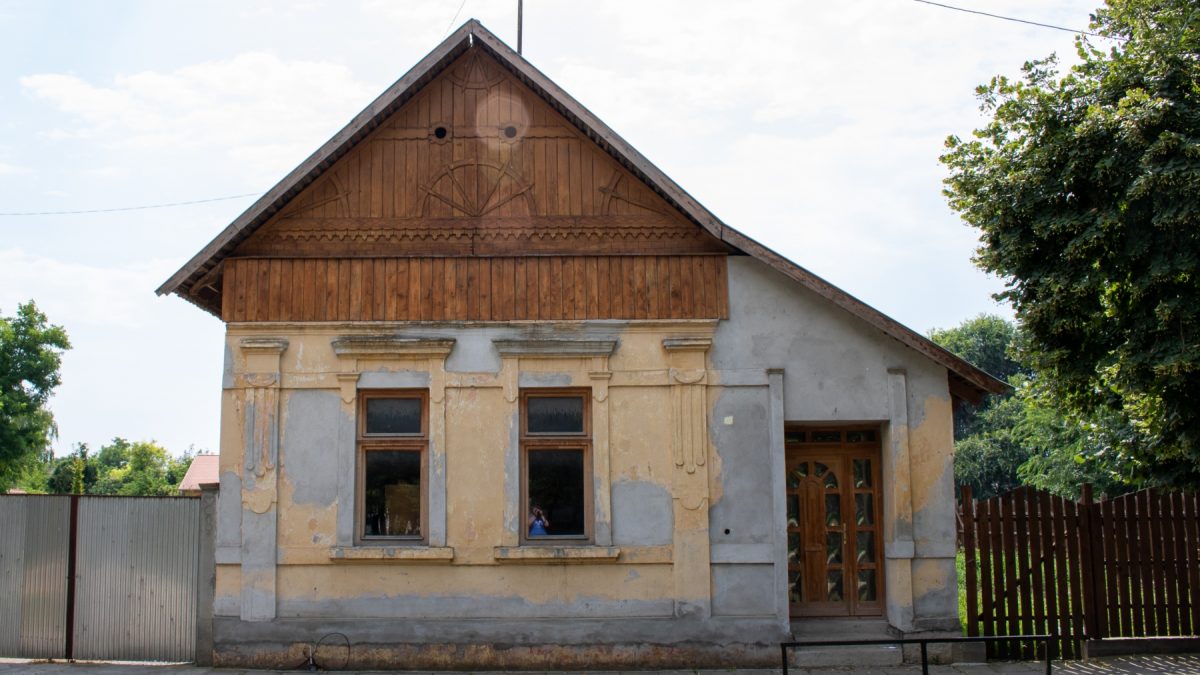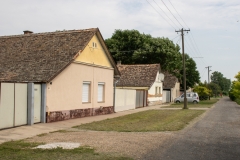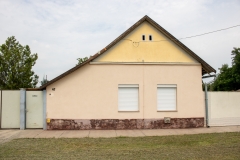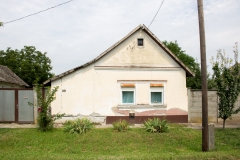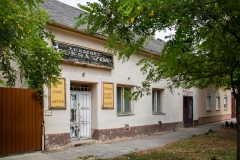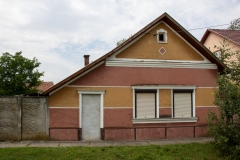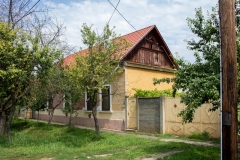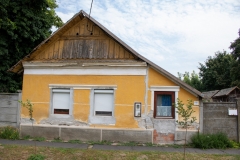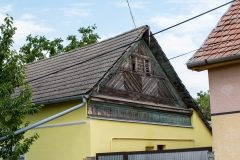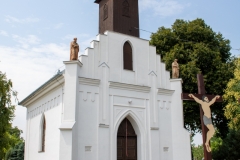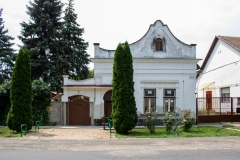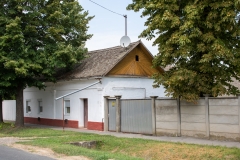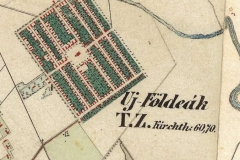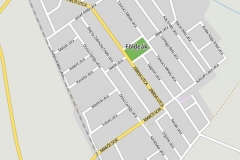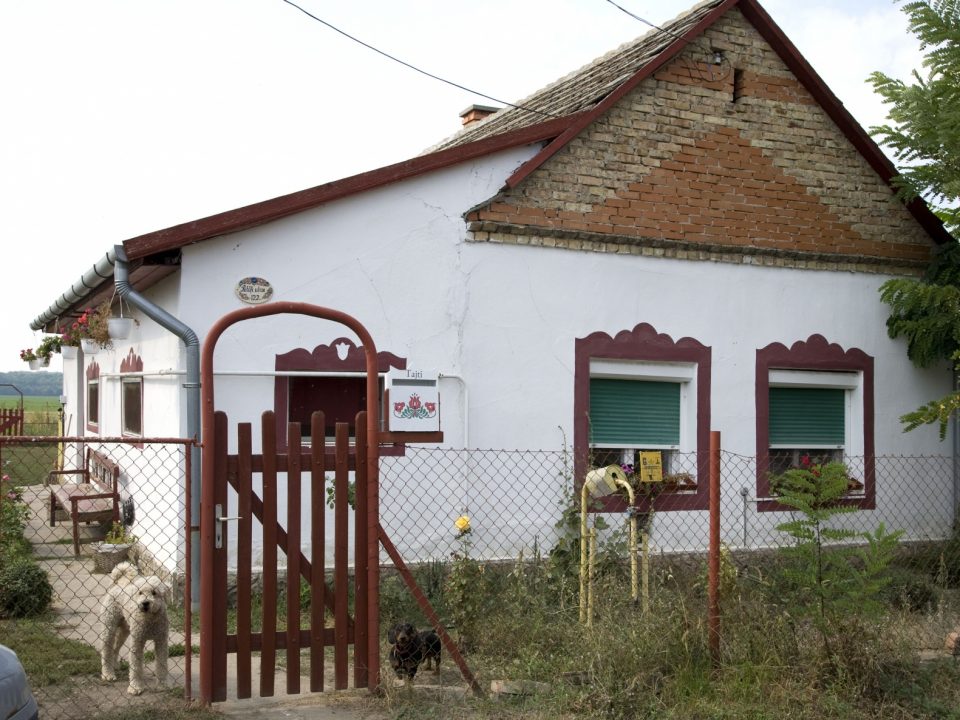Ferencszállás
2020.05.08.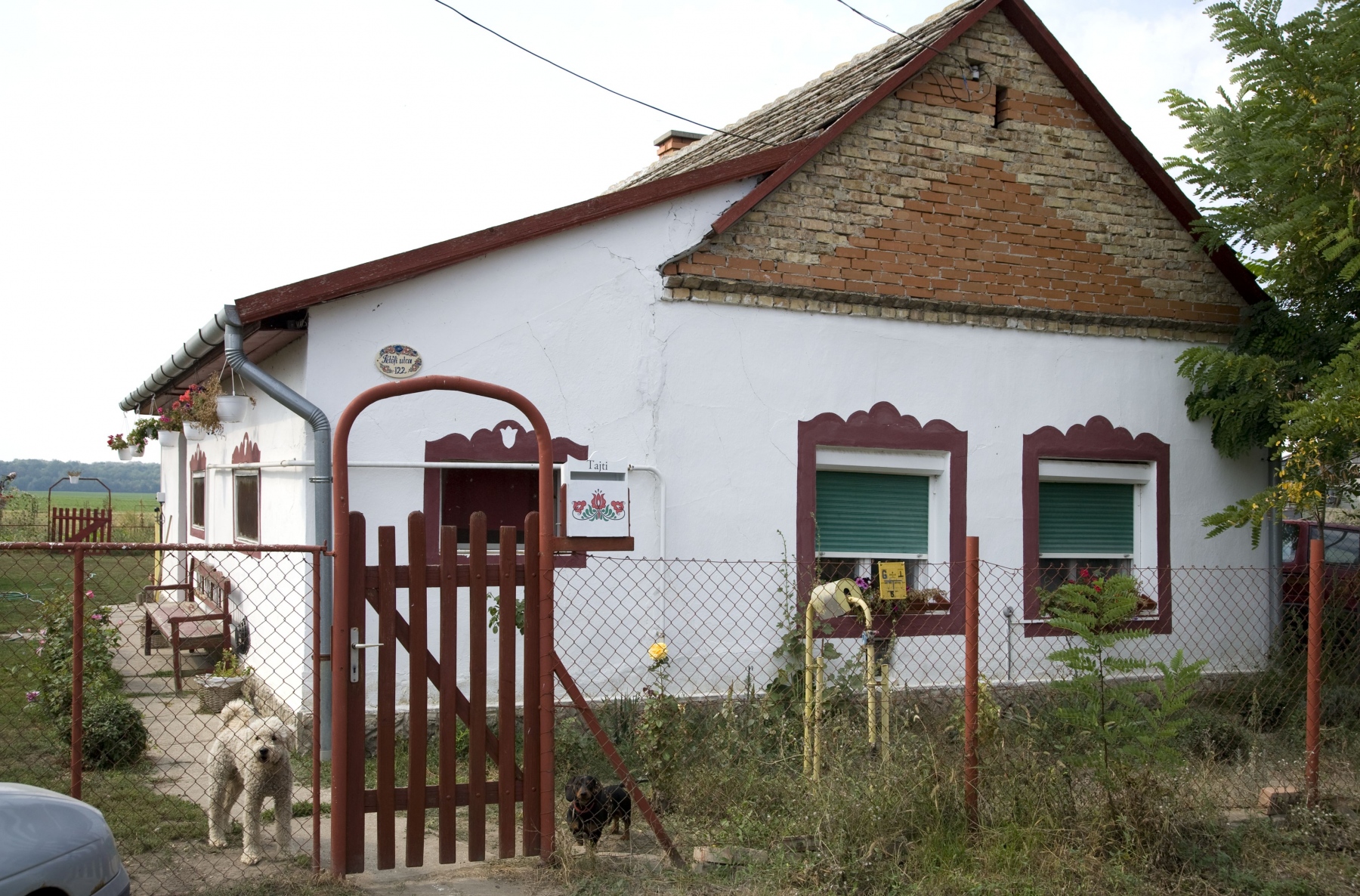
Klárafalva
2020.05.11.This post is also available in:
 Magyar (Hungarian)
Magyar (Hungarian)  српски (Serbian)
српски (Serbian)
Újföldeák
Its area has been inhabited since the 12th century. Its first mention as Fyldyak dates back to 1332. It is located in the Körös-Tisza-Maros region, on the loess ridge of Békés-Csanád. The Návay family became the owners of the area in 1729, and in 1809 tobacco gardeners were settled in the border area of the village called Karabuka. The horticulture grew into a settlement, and at the same time people started using the name Óföldeák for the old village. Due to the devastating floods of the 19th century, its population moved to the territory of the present-day village, Földeák in 1846. The new settlement was built on the basis of engineering plans, from houses built on equally measured plots, in a regular rectangular street system. The settlement, designed on an engineering table, has been expanding steadily since the early 20th century, with an increase in population.
In the village, the houses are typically built on the street front and the edge of each property line. Only the central part differs from this, where the buildings are mostly constructed in a closed row.
The population primarily deals with agriculture, including arable farming, which is also reflected in the layout of the plots. In the courtyard of the traditional houses one can find the typical outbuildings (barn, sheds, hovel, summer kitchen), most of which are used for a different purpose today.
The core of the settlement reflects an upper middle-class lifestyle: the houses are built on the street front and they bear the eclectic decorations typical of the years at turn of the century.
Its population in 2002 was 3,318 people.

